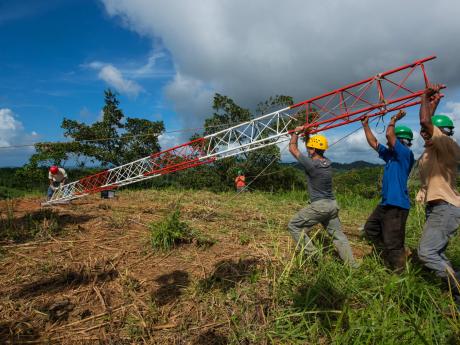Overview
The Panama Canal Watershed Experiment is a collaboration between the Smithsonian Tropical Research Institute, the Panama Canal Authority, Panama National Environmental Authority, and the HSBC Climate Partnership and aims to quantify the diverse set of ecological, social, and economic services provided by tropical forests and alternative landscape uses in the Panama Canal watershed. The project uses the Panama Canal’s central role in world commerce to focus global attention on ecosystem services provided by tropical forests. Moreover, the Panama Canal has embarked on a 5 billion dollar expansion that will lead to a new, larger set of locks in 2014. This massive construction and attending publicity will further focus the eyes of the world on the Experiment and its outcomes over the coming decades.
The Experiment investigates how a range of services with widely varying temporal and spatial impacts affects the sustainability of different conservation and land-use strategies. The experiment takes specific aim on ecosystem services that affect people at some distance, but which are not included in market prices. For example, the Panama Canal shortens shipping routes and reduces carbon emissions associated with transportation, thus extending the benefits of water management in the Panama Canal watershed from local to global.
The list of ecosystem services that the Panama Canal watershed provides is impressive: (1) regulation of water supply to the canal; (2) regulation of drinking-water quality and quantity for more that 50% of the population of Panama; (3) hydropower; (4) regulation of soil erosion and siltation in the Panama Canal; (5) avoided deforestation, reforestation and carbon sequestration, which couple to represent a low-risk (thus higher market value) REDD opportunity; (6) timber and food production; (7) provision of habitat for important functional groups of species; (8) regulation of disease vectors; and (9) ecotourism. Some services accrue only to local communities, whereas others benefit people at a range of spatial scales, and these differences are an explicit aspect of the experimental design of the investigation.
The Experiment will be scaled up to the 300,000-hectare Panama Canal watershed using LiDAR and hyperspectral remote sensing, most likely in conjunction with the Carnegie Global Ecology Institute at Stanford University. Finally, it is important to note that climate variation in the Panama Canal Watershed, particularly El Niño and La Niña events, will provide experimental results that can be used to build models to forecast ecosystem services and payments as well as the mitigation of negative environmental impacts under different climate change scenarios.

